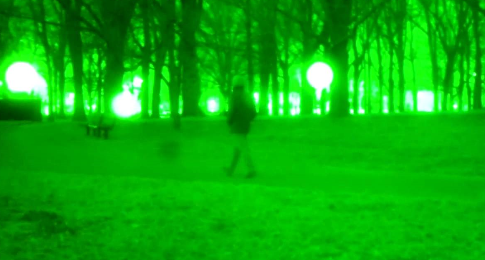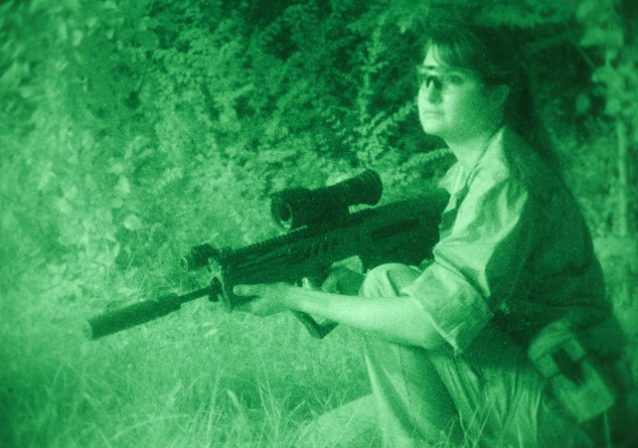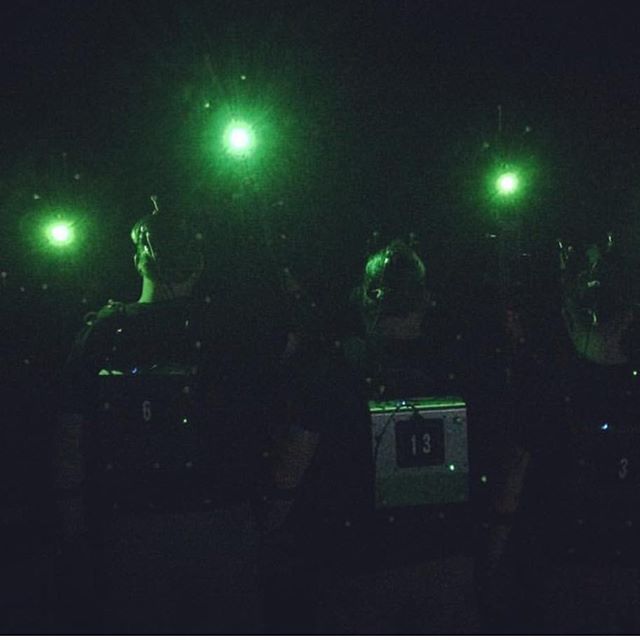NVGs: Can you justify it?
You’ve seen them around. You’ve seen the infamous “green-eyed” image. Then you ask yourself: Is night vision for my weapon (or any other related task) a realistic expense for me? Honest answer, only you know.
Night vision on a defensive weapon system is completely subjective. For the average prepper this might even be a distant dream. Cost always being the number one issue to overcome. Which one to buy? Which “Generation”? Head mount or mounted to the gun? Well, let’s examine where you are in your preps and where you see yourself in the grand scheme of things.
Quality night visions can be had relatively inexpensively. From any one of various online suppliers to gun shows to even eBay and amazon.
Typically for a weapon mounted system, I’d say the tried and true PVS-14 like the one shown here, Gen 3 or better. Solid balance of features vs cost.
Head mount, weapon mount or standalone…the PVS-14 is going to meet your needs. Is that the only choice? NO. But it’s one of the best.
What are your needs? Why would you mount night vision to a weapon system? There are indeed several angles to see this from. The actuation of a weapon light may not always be the best option when low/no light scenarios play out. The ability to see when others cannot need not be explained in detail. Hunting in a grid-down situation could make vastly easier using infrared.
Threat identification and maintaining stealth also cannot be overstated. The ability to dismount the sight and use it in “standalone” mode is also, in my honest opinion, critical. In complete, 100% darkness, modern night vision are equipped with a device called an “IR illuminators”. Essentially a built-in infrared flashlight. No light? No problem.
Can less expensive NVG’s handle the shock of a modern firearm? I can’t speak for the under $1000 versions. I’m sure they have their strengths.
One of the most imperative features is the “image intensifier tube”. The part of the NVG that actually interprets and projects the image you see. Older tubes were made of glass which were notorious for breakage.
Modern, more advanced NVG’s tubes are made of a composite material which is much more robust and thus can take more punishment. Care and feeding of your NVG’s is a topic that many people who have limited or no exposure will want to invest time in.
Typical models employ one or two “AA” batteries, so locating power for your night vision shouldn’t be a problem. Also to consider is your intended usage overall. Firearm mounted NV tends to be “monocular” or single tube units. There are several other types of night vision that would be equally effective in a head/helmet mounted setup. Just depends on your as the user.
Bottom line you have to answer is: Do I NEED this or WANT it? To ME, that answer is subjective. I feel personally that due to its obvious strategic and tactical advantage…it’s a NEED. But that’s me.
*The views and opinions expressed on this website are solely those of the original authors and contributors. These views and opinions do not necessarily represent those of Spotter Up Magazine, the administrative staff, and/or any/all contributors to this site.
All content from this article by Jay Paisley (18z) ret. 5th special forces group




